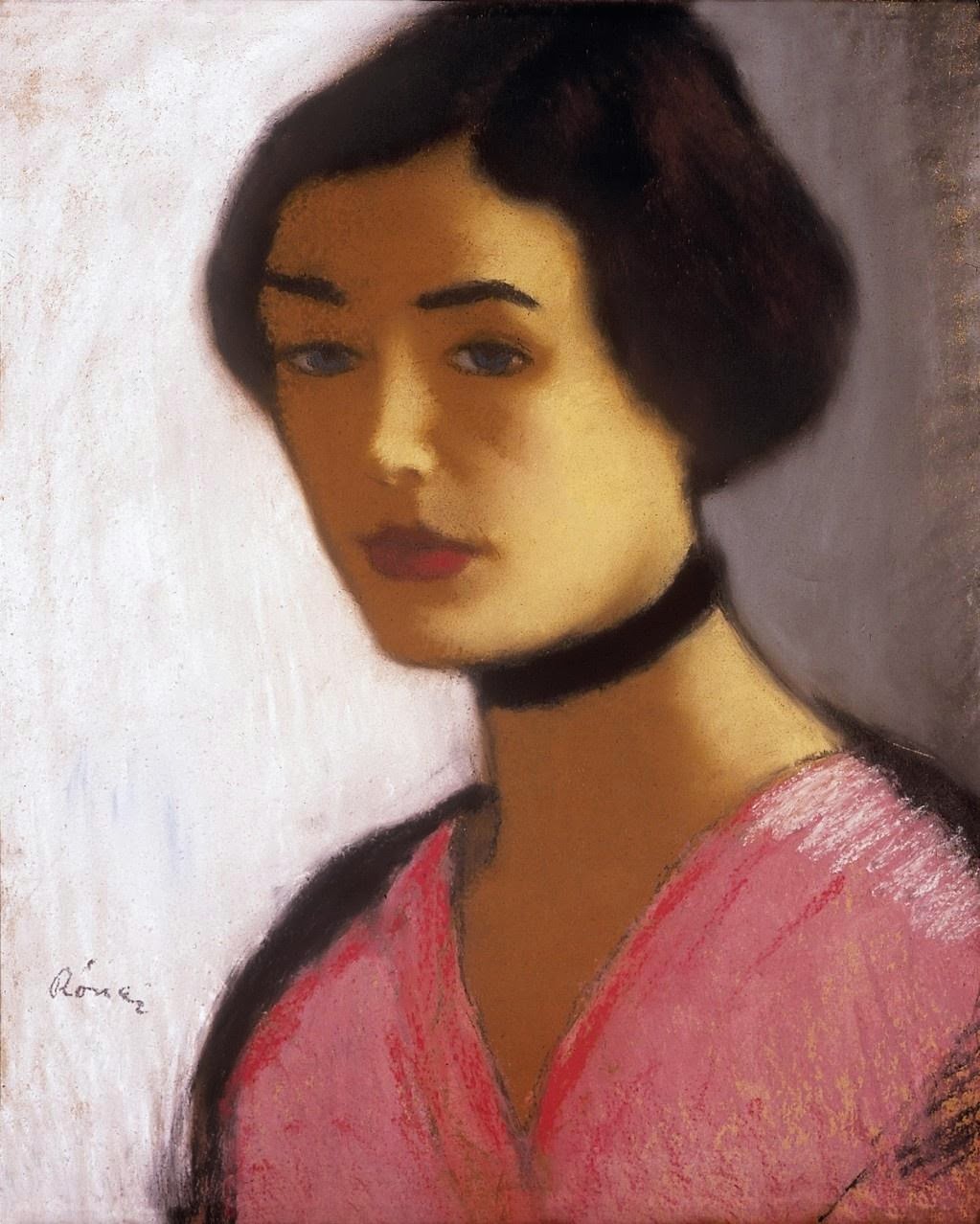Terry Miura was born in Brooklyn, New York. After graduating from Art Center College of Design in 1990, Terry Miura headed out to New York City to pay his dues.
He began his career as a freelance illustrator, creating imagery for such clients as Time, Newsweek, Rollingstone, and Sports Illustrated, to name a few.
In between illustration assignments he painted and exhibited cityscapes, and continued his transition to becoming a full time painter after returning to the West Coast in 1996.

.jpg)
.jpg)








.jpg)
.jpg)



